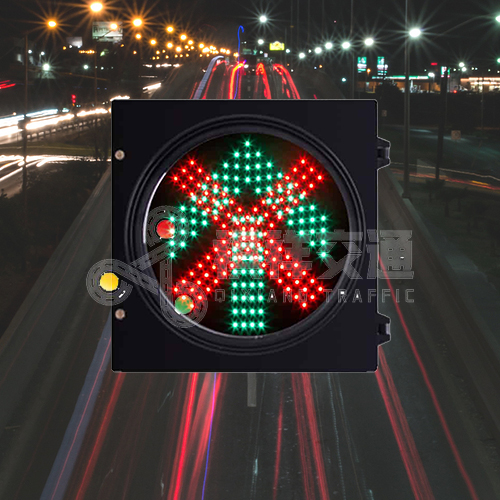Lane control lights play a vital role in modern traffic management systems. By effectively controlling traffic flow, these lights help improve road safety, reduce congestion, and improve overall transportation efficiency. In this blog, we explore the purpose and significance of lane control lights, how they work, and how they affect your daily commute.
Understanding Lane Control Lights:
Lane control lights are traffic signal systems specially designed to regulate and control the flow of vehicles on different lanes of the road. They are often used at complex intersections or on multi-lane highways to ensure a smooth flow of traffic and minimize accidents. These lights are usually displayed overhead or on the side of the road and have different colors and symbols to communicate specific instructions to the driver.
Purpose of the lane control light:
1. Regulate lane use:
The main purpose of lane control lights is to guide the driver on which lanes are open and closed, ensuring safe and efficient use of the lanes. For example, during rush hour or during events such as accidents, lane control lights can be programmed to direct drivers to merge into specific lanes or temporarily close certain lanes to divert traffic.
2. Manage traffic:
Lane control lights enable traffic managers to adapt to changing traffic patterns and manage traffic flow accordingly. They can be used to control the number of lanes running in a particular direction, balancing traffic distribution and preventing congestion in one lane while others remain underutilized.
3. Enhanced security:
By clearly indicating lane availability and direction, lane control lights help prevent confusion and subsequent collisions. They guide drivers to change lanes, change lanes, or exit the highway, reducing the chance of accidents caused by sudden lane changes or last-minute decisions.
4. To accommodate special circumstances:
Lane control lights can create special traffic patterns during events, roadworks, or emergencies. They can reserve specific lanes for emergency vehicles, and public transit, or facilitate access to and from ramps, ensuring seamless traffic flow during non-routine situations.
How Lane Control Lights Work:
Lane control lights work by utilizing a combination of sensors, software, and traffic management strategies. These lights can be pre-programmed or operated in real time by traffic controllers. Using data from various sources such as traffic cameras, radar, or loop detectors embedded in the road, controllers can manipulate signals to control lane availability and direct traffic accordingly.
Modern progress:
Lane control lights are becoming more and more complex as technology advances. Intelligent traffic systems are now integrated with lane control lights, allowing them to respond to real-time traffic conditions. Adaptive lane control lights enable efficient and dynamic traffic management by adjusting vehicle flow according to congestion levels, accidents, or alternative routes.
In conclusion:
Lane control lights are an important tool in modern traffic management, used in conjunction with other traffic control equipment to improve road safety and efficiency. These lights help provide a smoother traffic experience by guiding drivers, managing traffic flow, and adapting to changing conditions. So the next time you pass a lane control light, remember that it’s not just for looks – it’s a key element in maintaining order on busy roads.
If you are interested in lane control light, welcome to contact traffic signal light manufacturer Qixiang to read more.
Post time: Sep-08-2023







